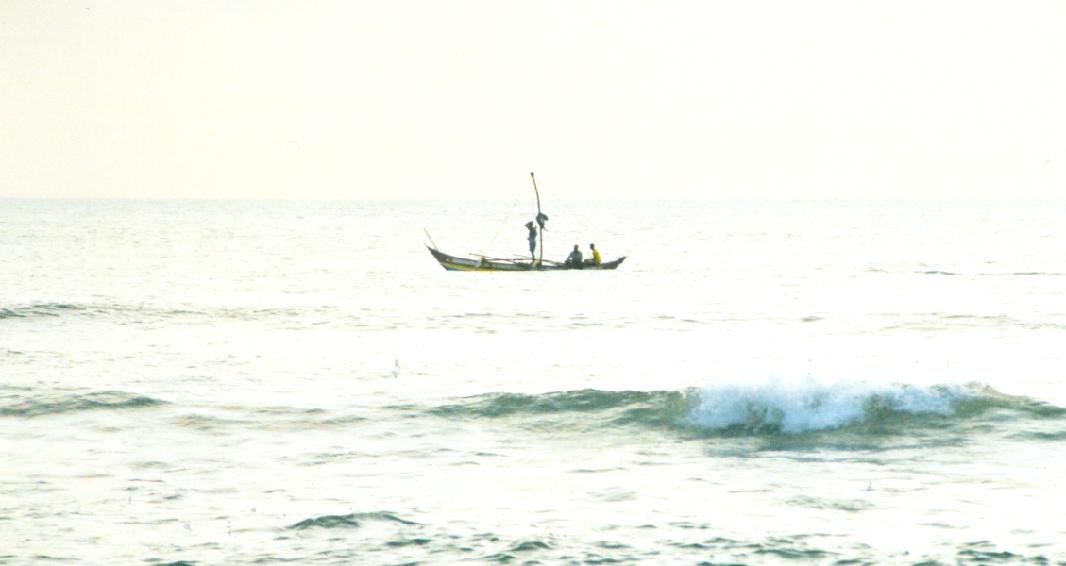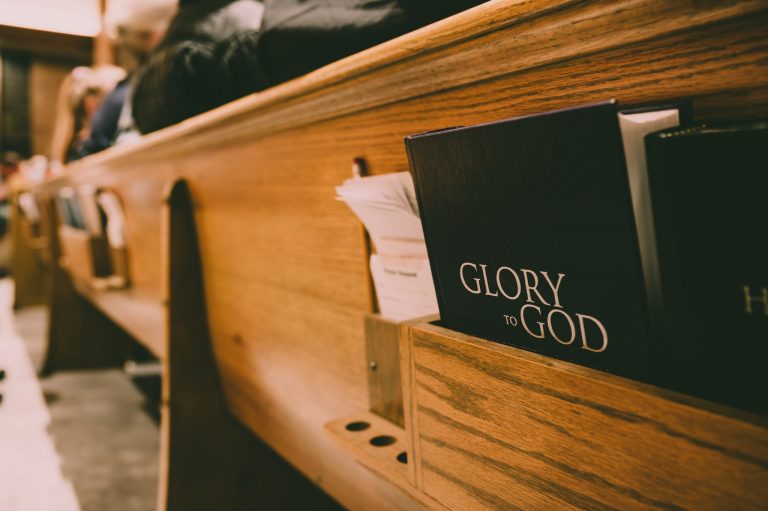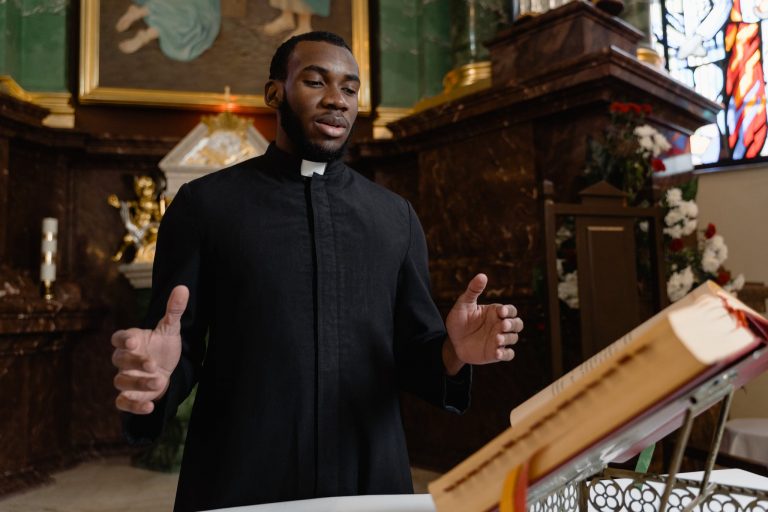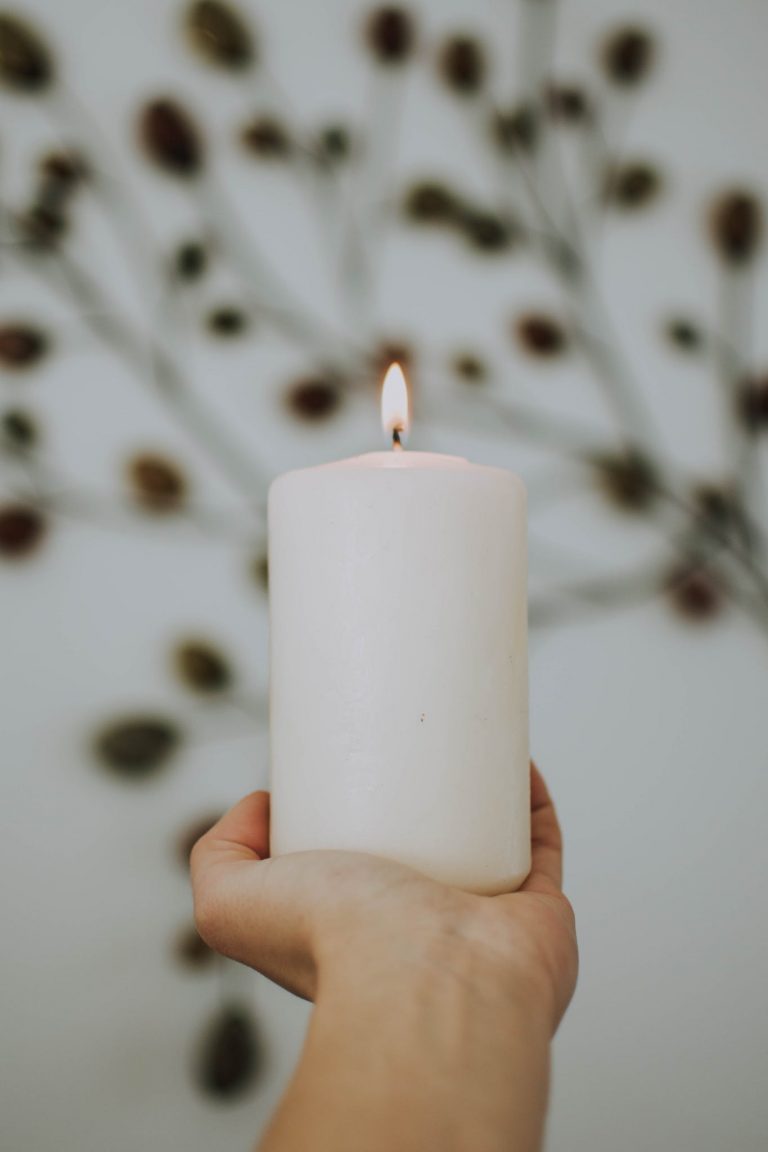In the last week of January, the Reverend Thurairajah Samuel, a Methodist minister in Morley, visited his home village, Thirukkovil, in east Sri Lanka. Several members of his family had been killed and his family house destroyed in the tsunami disaster of 26th December 2004. He was accompanied by the Reverend Dr Inderjit Bhogal, a Methodist minister in Sheffield, who has written this account of their meeting with the people of the village on the first day of their stay.
“Sea is coming, Sea is coming.”
On Boxing Day 2004, the Reverend Rasarethnam Dayanithy was conducting morning worship in the Methodist Church in the village of Thirrukovil on the east coast of Sri Lanka. At around 8.55am he heard three bangs in quick succession. His first thought was that Liberation Tigers of Tamil Eelam (LTTE) fighters had fired mortar bombs at the Army. Then he heard the shouts, “Sea is coming, Sea is coming”. Water began to flood into the Church. Every one rushed out in panic. The minister led them to the upper floor of the Orphanage in the grounds. Then, being a swimmer, he went down and started to rescue as many people as he could.
A month later he said to us simply: “It was a nightmare”.
His was the first eye-witness account Sam and I were given of the disaster. We had made the twelve-hour journey to Thirrukovil from the capital, Colombo, in the south-west of the island, arriving close to midnight. Our journey had taken us through colourful towns, verdant tea plantations, mountain passes with their terrifying hair-pin bends, past lagoons, a myriad of palm trees, accompanied all the time by the cacophony of the abundant animal life. The continuing beauty and vitality of the island – the ‘Pearl in the Indian Ocean’ – threw the devastation brought about by the tsunami into sharp relief. We spent the last stretch of the journey in a silence induced by the awesome destruction, now lit by the moon, along the coast.
The following morning, the news that Sam was in the village spread quickly. Friends and relatives started to arrive to meet him. Reunions were touched with pain and pleasure, embraces wreathed in smiles and tears.
We made our way towards the sea and towards the site of Sam’s family house. It took practically an hour to walk a few hundred yards. As we walked along we could see that almost every house within about a quarter of a mile of the sea had been destroyed or severely damaged by the tsunami.
As we approached the place where his house had stood, Sam stopped and said, “Here is a part of the steel sheeting from the roof”. On the site itself there was just a mound of broken walls. The bright green paint of inner walls stood out in the searing sunshine. I stood with Sam on the mound of rubble. It was a powerful emotional moment. No words. Just silence and tears to mark the loss of what had been a home.
Next door to Sam’s house we could see a grave in the neighbour’s garden. We were told that buried here are a mother and her six-month old child. The mother had run into the house and locked the door for safety. The sea broke in and filled the house, drowning both mother and child.
We moved on along the golden sands. About 50-60 people, many of them fishermen, had joined us by midday. Sam invited them all to sit under the shade of a tree beside a well. One of the fishermen climbed a coconut tree. He dropped down several coconuts. These were cut and we were given juice to drink.
We sat in the sand with people who now are amongst the poorest on earth, who yet display a dignity that has not been broken or abandoned. We received of their generosity. They gave us all they could – their tears, their smiles, their time, their coconut juice.
 And their stories. They told us they had lost all but two of the boats of this once thriving fishing village. One of these boats stood alone at the water’s edge. The other they are trying to repair further up the beach. Besides their homes they had lost their livelihoods.
And their stories. They told us they had lost all but two of the boats of this once thriving fishing village. One of these boats stood alone at the water’s edge. The other they are trying to repair further up the beach. Besides their homes they had lost their livelihoods.
“The Sea has been a source of life to us. The same Sea became the source of death. This is what we cannot understand,” they said.
As they told their stories we could hear what today was the gentle lapping of the waves on the beach. A month earlier the waves had risen to the height of the coconut trees, killing hundreds of people, demolishing houses, smashing boats. One villager said, “The wave was like a snake with five heads that rose high and came down on us. It came very fast. It took many people with it.”
The sea had sustained their village. Then the sea had destroyed it.



